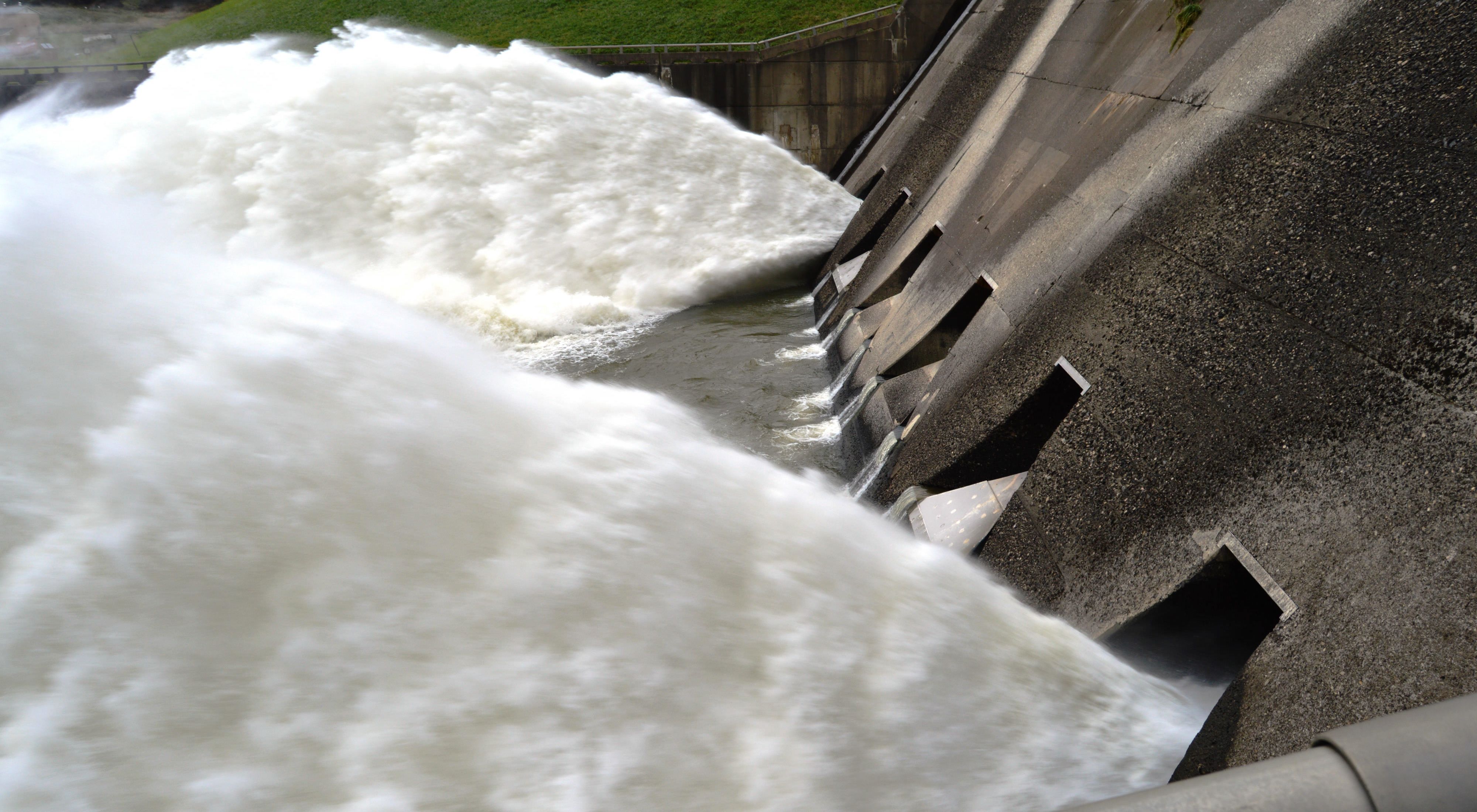Media Contacts
-
Trent Knoss
Director of Communications & Marketing
Phone: 612-600-4640
Email: trent.knoss@tnc.org
A spring “pulse” event recently conducted by the U.S. Army Corps of Engineers (USACE) at the Kinzua Dam in Pennsylvania released 3.2 billion gallons of water into the Allegheny River in order to mimic natural flow patterns. The pulse is the latest milestone in a decades-long collaborative effort between the USACE, The Nature Conservancy (TNC) and other local partners to ensure a healthy future for the Allegheny River and nearby communities.
Since 2002, TNC has worked with the USACE to find more sustainable ways to manage river infrastructure to optimize benefits for people and nature. Known as the Sustainable Rivers Program, this collaboration has grown from eight rivers in 2002 to 44 rivers in 2022, influencing 12,079 miles of U.S. waterways and including 90 associated reservoirs and dams.
Spring pulse events occur naturally in temperate climates when snowmelt and spring rains increase river flow volume, prompting rapid vegetation growth and providing natural cues to aquatic and terrestrial species. The Kinzua Dam, which was constructed in 1965, typically acts as a reservoir and restricts water flow in the Allegheny.
This year, a series of above-average spring rainfall events prompted USACE dam operators to increase the dam’s outflow from 9,000 cubic feet per second (cfs) to 15,000 cfs for eight hours in mid-April, creating the first spring pulse on the river in nearly 60 years.
“TNC applauds the U.S. Army Corps of Engineers for their success in implementing this milestone spring pulse event,” said Lori Brennan, executive director of TNC in Pennsylvania and Delaware. “The pulse will improve water quality and species habitat in the region, and we’re pleased to have played a role in this collaborative effort that will help safeguard the long-term health of the Allegheny River.”
“This effort was 10 years in the making, and it’s so exciting to see it come to fruition,” said Su Fanok, director of freshwater conservation for TNC in Pennsylvania and Delaware. “It was only made possible through the vision and commitment of the Army Corps, Western Pennsylvania Conservancy, U.S. Geological Survey, U.S. Fish & Wildlife Service and many others who have spent years studying what the river and people of the Allegheny River Basin need to thrive.”
“The spring pulse from Kinzua Dam to the Allegheny River was a galvanizing event fostered by the Sustainable Rivers Program that brought together several years of coordination, planning and partnerships to optimize reservoir operations and benefit downstream riverine ecosystems,” said Carl Nim, a biologist with the water quality team for the U.S. Army Corps of Engineers. “With the assistance of The Nature Conservancy and various other partners, attainable flow targets at Kinzua Dam and West Hickory, Pennsylvania, were identified that mimic historical, pre-dam, spring stream flows.”
Nim added: “These provide ecosystem benefits such as habitat development and fish spawning cues, all while staying within the confines of reservoir regulations established by the U.S. Army Corps of Engineers. By balancing the needs of society, the economy and the environment, the spring pulse was an example of sustainable reservoir operations and contributed to the Corps’ broader environmental initiatives, such as Environmental Operating Principles.”
In 2020, TNC led a hands-on workshop with partners to create a roadmap of best practices for managing Allegheny River flow patterns. Local leaders and experts from across the region were engaged to share their knowledge and develop recommendations for managing the flows of the Allegheny River.
The impacts of climate change—including altered rainfall patterns and an increase in toxic algal blooms—were a focus of the workshop and underscored the need for river management to address water quality, wildlife and the overall health of the riverine ecosystem, while also addressing the needs of local communities, including those of the Seneca Nation of Indians, who were displaced by the creation of the Kinzua Reservoir in 1965. This adaptive framework now provides a foundation that partners can build upon to create a more resilient and sustainable Allegheny River for future generations.
The Nature Conservancy is a global conservation organization dedicated to conserving the lands and waters on which all life depends. Guided by science, we create innovative, on-the-ground solutions to our world’s toughest challenges so that nature and people can thrive together. We are tackling climate change, conserving lands, waters and oceans at an unprecedented scale, providing food and water sustainably and helping make cities more sustainable. The Nature Conservancy is working to make a lasting difference around the world in 81 countries and territories (40 by direct conservation impact and 41 through partners) through a collaborative approach that engages local communities, governments, the private sector, and other partners. To learn more, visit nature.org or follow @nature_press on X.
